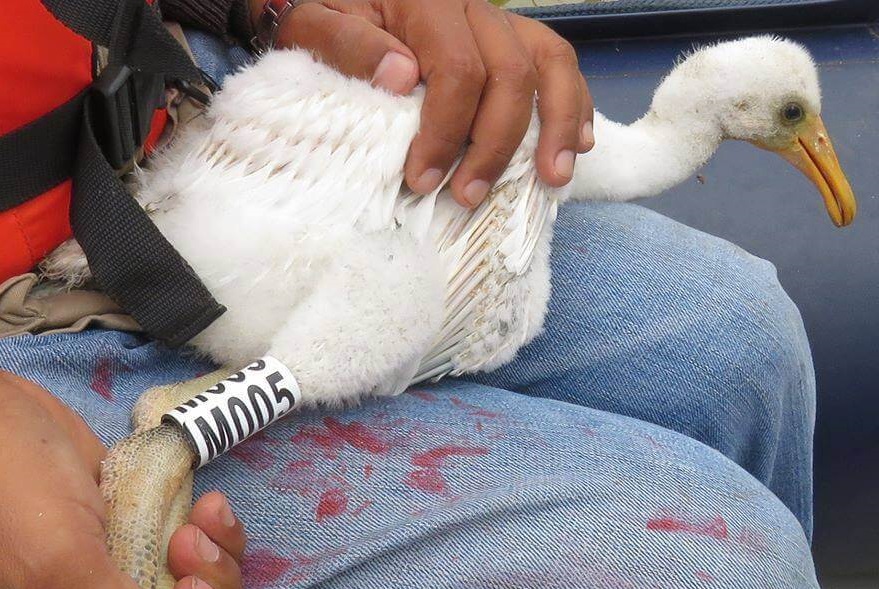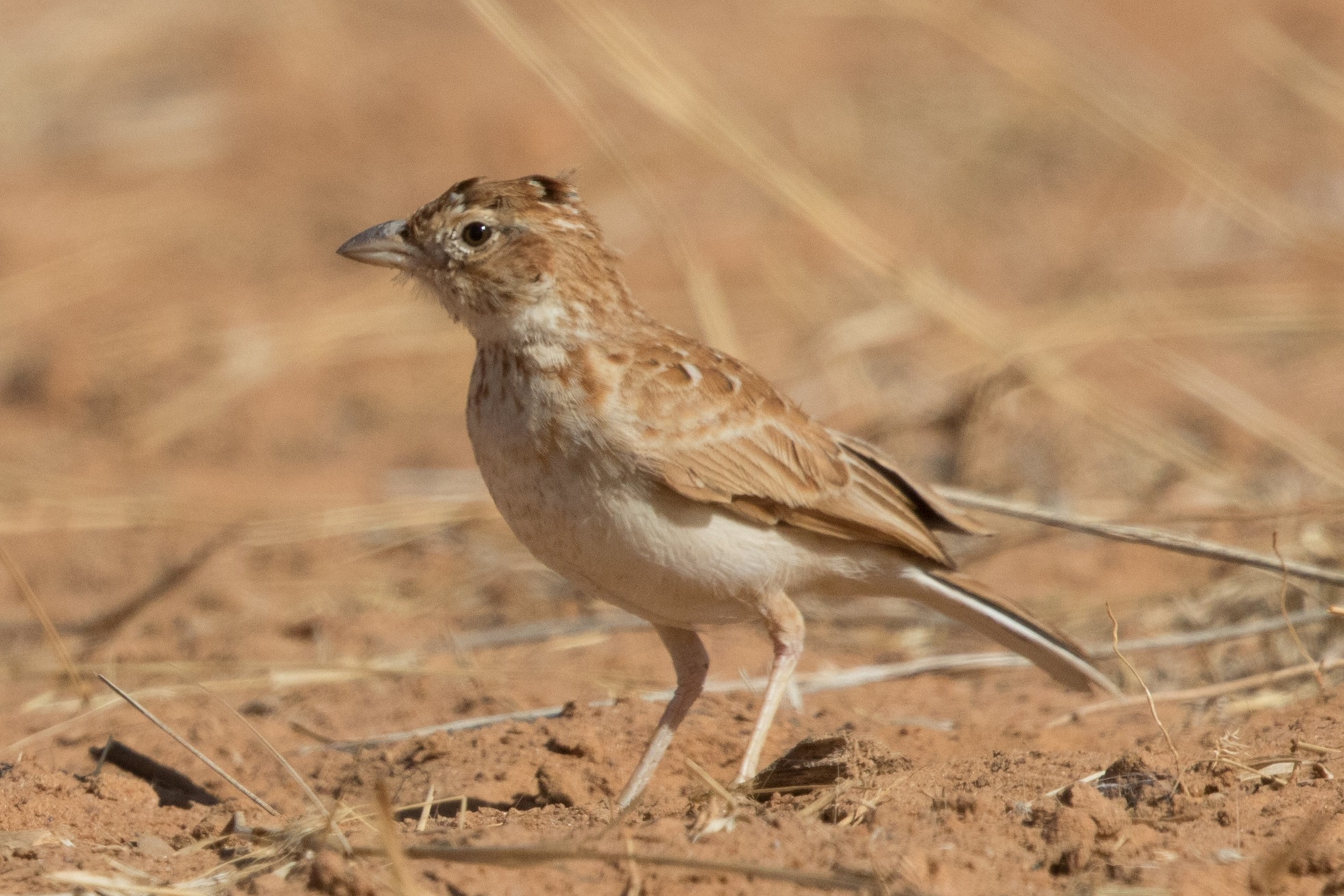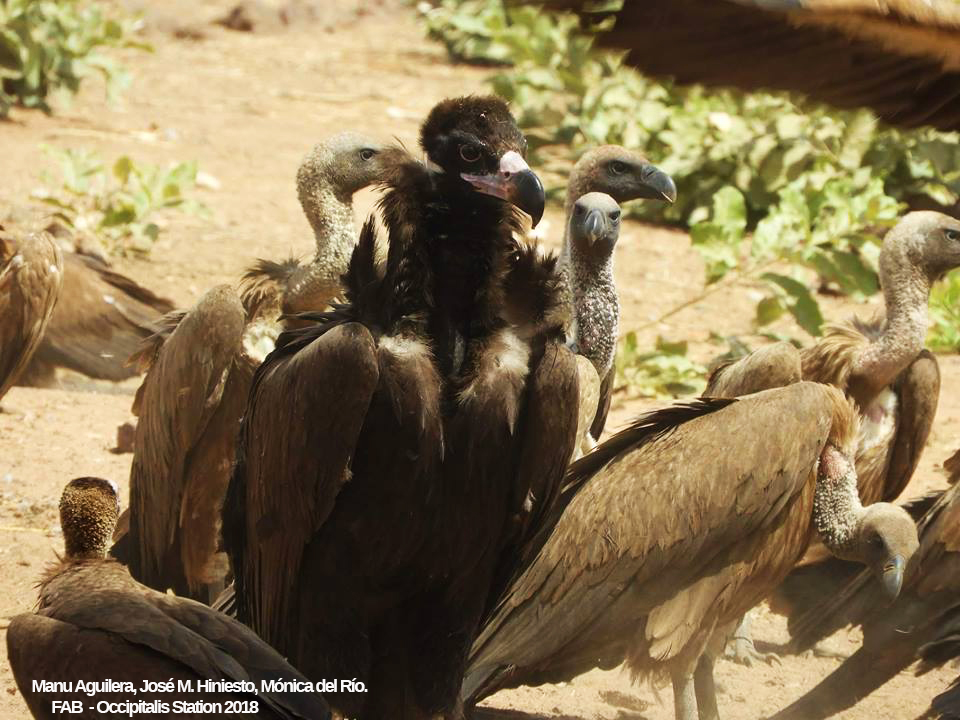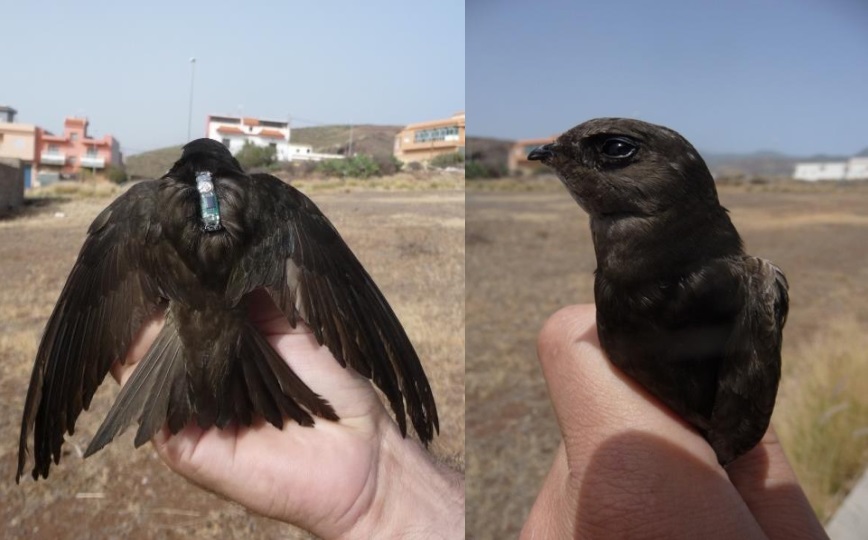The Algerian Nuthatch twitch: easier than you think
The Algerian Nuthatch (Sitta ledanti) is a dream species for every Western Palearctic birder, especially so since the 1990s with the start of what they call in Algeria the “Black Decade”. However, although the security situation in the whole country has improved greatly since many years now, many WP birders still hesitating to visit Algeria […]
The Algerian Nuthatch twitch: easier than you think Read More »









